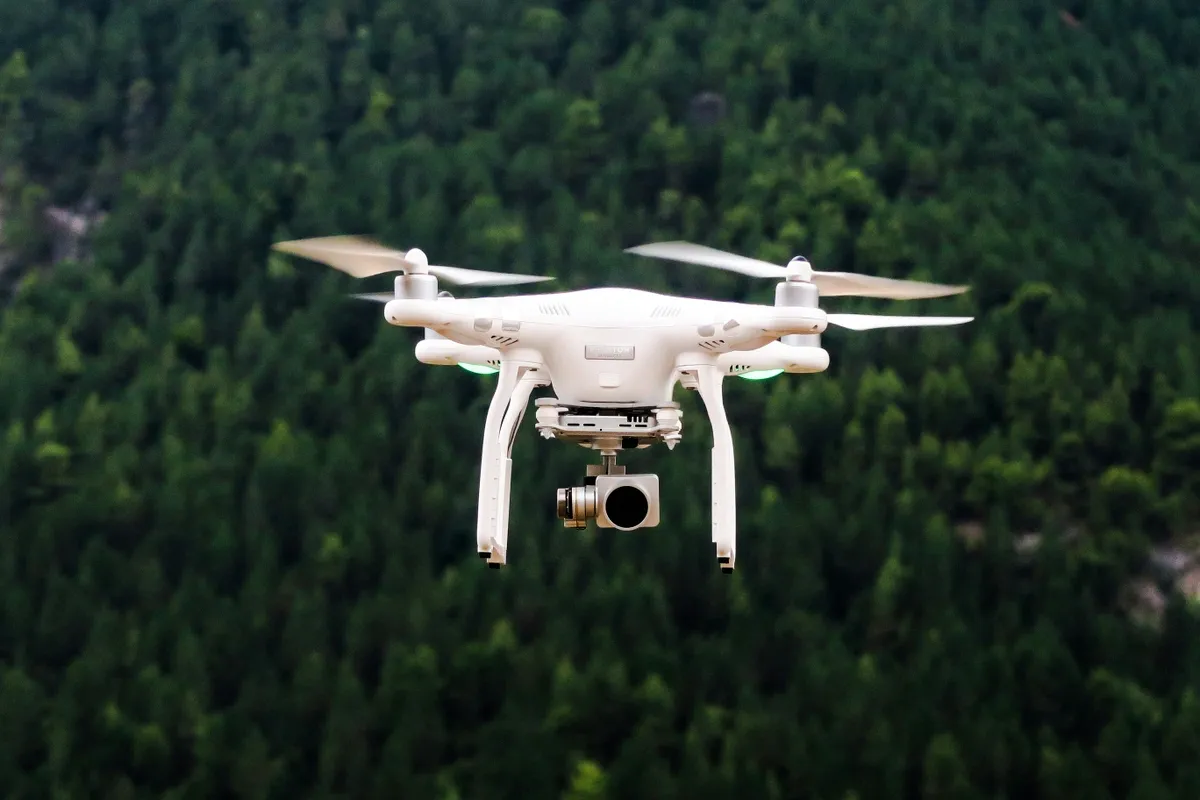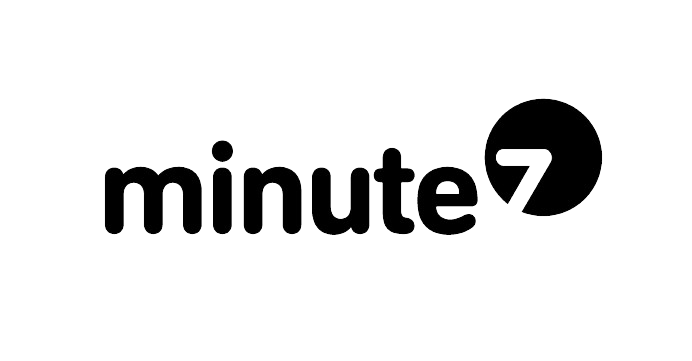
Leveraging drone technology has revolutionized project oversight in engineering firms, offering unprecedented capabilities in real-time site monitoring, safety inspections, and data accuracy. These aerial innovations enable engineering teams to enhance efficiency, reduce risks, and gather precise data, ultimately leading to more effective project management and improved outcomes. As the industry evolves, integrating drones into engineering workflows is becoming essential for firms seeking a competitive edge and streamlined operations.
The Role of Drones in Modern Engineering Firms
Drones, or unmanned aerial vehicles (UAVs), have rapidly evolved from recreational gadgets to indispensable tools in various industries, including engineering. Initially developed for military applications, drones have found significant utility in civil engineering, construction, and infrastructure projects ( source , source ). Their integration into engineering projects has resulted in enhanced project oversight and data collection capabilities.
In engineering firms, drones are utilized throughout different project stages, from planning and design to construction and maintenance ( source , source ). These UAVs automate various tasks, thereby reducing labor costs and improving accuracy. For example, drones conduct topographic surveys, measure reserves, and assess storage volumes in quarries. They also perform tasks that would typically necessitate shutting down machinery, thereby minimizing downtime and enhancing operational efficiency ( source ).
Key advantages of drones in engineering include their ability to provide accurate, comprehensive, and real-time data. Project managers benefit from detailed aerial photographs and maps, complete with GPS points in both 2D and 3D formats. This enables precise measurements of distances, surfaces, elevations, and volumes. Drones equipped with thermal imaging can also monitor gas emissions and detect leaks, which is crucial for maintaining safety standards ( source ).
The high-resolution imagery captured by drones allows engineers to create three-dimensional models of sites, facilitating thorough site analysis and early identification of potential issues. This capability is particularly beneficial for conducting safer and more efficient structure inspections ( source ). In the construction sector, drones have transformed project lifecycles by enabling regular progress tracking, improving communication and decision-making, and keeping workers out of hazardous areas. Survey work that traditionally took days can now be completed in a fraction of the time, significantly enhancing project timelines ( source ).
Despite the numerous benefits, integrating drones into engineering projects does present challenges, such as regulatory restrictions, privacy concerns, and the need for specialized operator training. However, as technology and regulations continue to evolve, drones are set to play an increasingly vital role in project oversight within engineering firms.
Practical Applications of Drones in Project Oversight
Drones, also known as Unmanned Aerial Vehicles (UAVs), have significantly impacted project oversight in the engineering and construction sectors, offering unprecedented efficiency, cost-effectiveness, and safety measures.
Real-time Site Monitoring and Progress Tracking
One of the most valuable applications of drones in project oversight is real-time site monitoring and progress tracking. High-resolution aerial imagery provided by drones allows project managers to monitor construction progress, streamline communication, and facilitate decision-making. This real-time data acquisition and processing offer immediate insights into project progress, site conditions, and potential issues, enabling proactive decision-making and timely problem-solving to keep projects on track ( source ). Moreover, drones can complete survey work in 60% to 70% less time than traditional methods, significantly speeding up data collection and reducing risks to personnel in rugged terrain ( source ).
Conducting Safety Inspections and Ensuring Compliance with Safety Standards
Drones have also revolutionized safety inspections in project oversight. Traditionally, safety inspections often required workers to be in potentially dangerous situations, such as climbing to high altitudes or working around active machinery. Drones mitigate these risks by allowing inspections to be conducted from a safe distance without compromising the quality of the collected data ( source ). They perform visual checks and gather data on large assets for maintenance purposes, increasing efficiency and protecting inspectors from hazardous conditions. Drones are particularly useful for inspecting hard-to-reach areas, reducing the need for workers to be in harm’s way ( source ).
Enhancing Data Accuracy and Detail through Aerial Surveys and Mapping
Drones have become invaluable for conducting aerial surveys and mapping, providing enhanced data accuracy and detail in engineering projects. Traditionally, civil engineering surveys required ground-based equipment, which was both time-consuming and resource-intensive. Drones, on the other hand, capture data much more quickly and efficiently, offering engineers a better understanding of the site and reducing the risk of errors ( source ). Drone surveying has enormous potential for GIS professionals, carrying out topographic surveys with the same quality as highly accurate traditional measurements but in a fraction of the time ( source ).
In conclusion, the integration of drones into project oversight in engineering firms has paved the way for improved efficiency, safety, and data accuracy, positively impacting project outcomes. Minute7, as a leading time tracking and expense reporting solution, can further enhance these benefits by allowing teams to efficiently record and track time spent on various project tasks, providing valuable data for project management and budgeting. Minute7’s strong integration with QuickBooks ensures seamless data syncing, making it a valuable tool for engineering firms seeking to streamline their operations and enhance productivity.
Implementing Drone Technology for Competitive Advantage
Case Studies and Examples of Successful Drone Integration in Engineering Firms
The successful integration of drone technology in engineering projects is evident from various case studies. Cougar Companies, a construction firm in South Florida, utilized drone Lidar technology to verify quantities, create topographies, and maintain competitive advantage ( source ). Similarly, Crafton Tull leveraged drone technology to survey a seven-mile corridor for new highway construction in Tennessee, completing the project significantly faster than traditional methods would allow ( source ).
Another construction company showcased the multifaceted application of drones, employing them for work site surveys, construction progress monitoring, building inspections, volumetric measurements, and 3D modeling. These applications resulted in improved project efficiency, enhanced accuracy, and heightened safety ( source ).
Best Practices for Training Staff and Maintaining Drone Equipment
To maximize the benefits of drone technology, it is crucial to follow best practices for training staff and maintaining drone equipment. Regular inspections, proper cleaning, and appropriate storage are essential maintenance practices. Additionally, keeping the drone’s firmware updated, performing regular compass and IMU calibrations, and adhering to a routine maintenance schedule can significantly enhance drone performance and longevity ( source ).
Investing in maintenance courses and certifications, acquiring essential tools for drone upkeep, and following safety protocols for crash recovery are also recommended. Staying informed about the latest drone maintenance and repair practices ensures that the equipment remains in optimal condition, providing benefits such as enhanced performance, increased safety, extended lifespan, and cost savings ( source ).
How Minute7’s Time and Expense Tracking Solutions Complement the Use of Drone Technology in Project Oversight
Integrating drone technology into engineering projects necessitates efficient time and expense tracking, a need well-addressed by Minute7. Frequent drone site surveys provide up-to-date data, enabling better decision-making and project progression tracking. Minute7’s time and expense tracking tools assist in managing the associated costs and time spent on these surveys, ensuring projects stay on schedule and within budget ( source ).
Moreover, drone-generated progress reports help construction projects remain on track. Minute7 streamlines this process by automating time tracking and expense reporting, further enhancing project management efficiency ( source ).
Role of Project Management Tools in Drone Technology Implementation
Project management tools like Minute7 play a crucial role in the successful implementation of drone technology. These tools aid in strategic planning, risk management, and maintaining quality and safety standards. By tracking project time and expenses, Minute7 enables project managers to make informed decisions and maintain efficiency throughout the project lifecycle ( source ; source ).
Incorporating Minute7 into your engineering firm’s drone technology strategy not only optimizes project oversight but also ensures accurate and efficient time and expense tracking, making it an indispensable tool for modern engineering projects.
Enhancing Project Oversight with Minute7
The integration of drones into engineering firms has undoubtedly revolutionized project oversight, providing substantial benefits in terms of efficiency, safety, and data accuracy. These advancements enable engineering teams to monitor projects in real-time, conduct thorough safety inspections, and gather high-precision data, all of which lead to improved project outcomes. However, the full potential of these benefits can only be realized when complemented with effective time and expense tracking solutions.
Minute7 plays a pivotal role in this integration by offering a robust platform for tracking time and expenses associated with drone operations and other project tasks. With Minute7, engineering firms can efficiently manage the costs and time involved in deploying drones for site surveys, inspections, and data collection. The seamless integration with QuickBooks ensures that all tracked data is easily accessible for billing, reporting, and payroll purposes, streamlining administrative tasks and enhancing overall project management.
Moreover, Minute7’s mobile app and web-based platform provide the flexibility needed for teams to log time and expenses from any location, ensuring that data is captured accurately and promptly. This ease of use is particularly beneficial in the dynamic environment of engineering projects, where site conditions and project requirements can change rapidly.
By incorporating Minute7 into their workflow, engineering firms can achieve a higher level of operational efficiency and project oversight. The platform not only supports the practical applications of drone technology but also enhances the strategic planning and execution of engineering projects. This comprehensive approach ensures that firms remain competitive and capable of delivering superior project outcomes in an increasingly demanding industry landscape.
In conclusion, the combination of advanced drone technology and Minute7’s time and expense tracking solutions offers engineering firms a powerful toolkit for optimizing project oversight. This integration not only improves efficiency and accuracy but also provides a clear framework for managing project resources effectively, ultimately leading to better-managed projects and higher client satisfaction.



